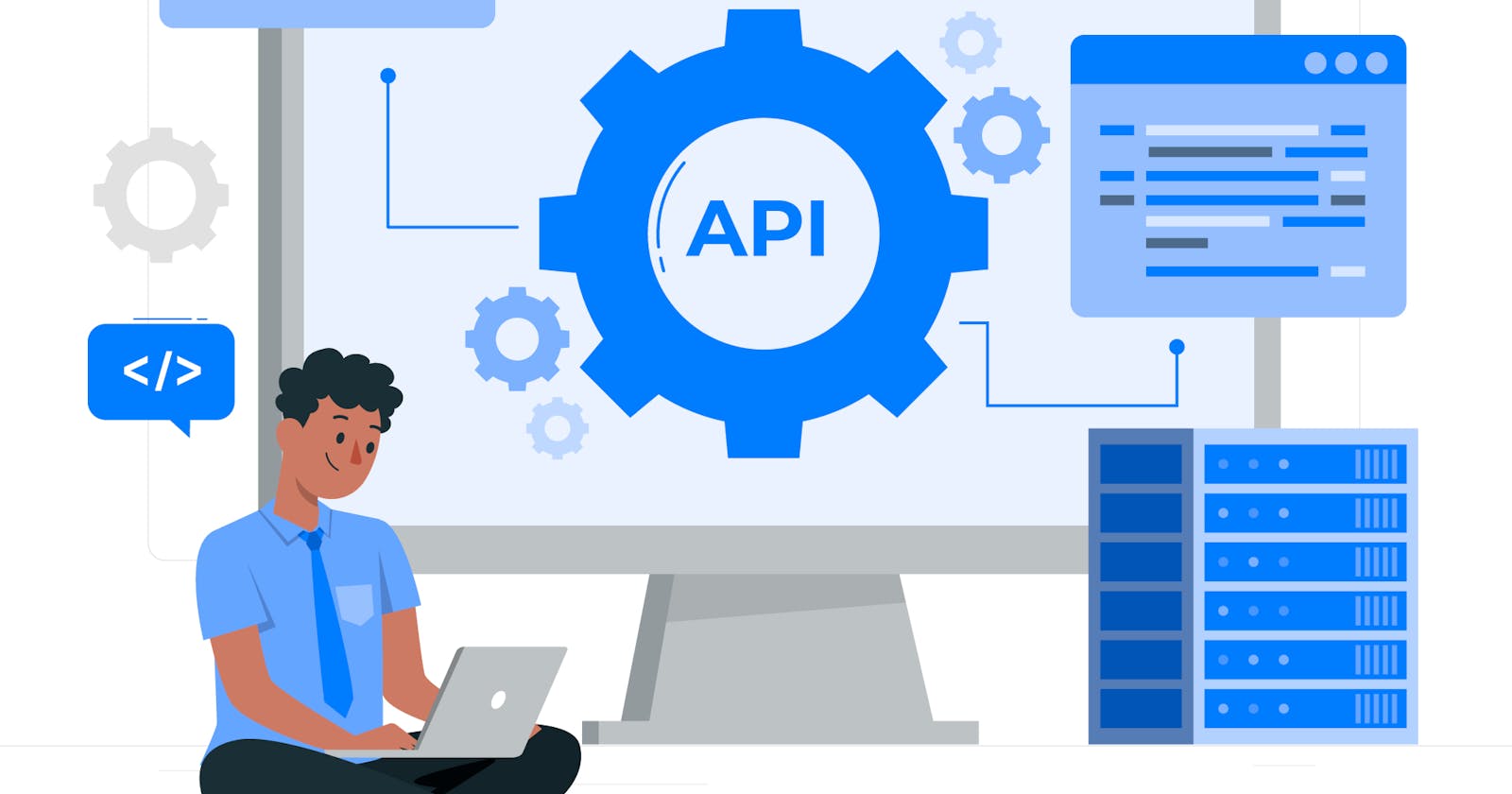Introduction to APIs: Understanding APIs for Beginners
A Beginner's Guide to APIs: Simplifying the Complex
Introduction
In today's interconnected digital landscape, APIs play a vital role in enabling applications and services to communicate and interact with each other. While APIs might seem complex at first, this beginner's guide aims to break them down into the simplest possible terms that beginner developers can understand. So let's embark on an exciting journey to demystify APIs and explore their significance in modern technology.
What is an API?
API stands for Application Programming Interface. Think of it as a messenger that allows different software applications to talk to each other. It defines a set of rules and protocols that govern how software components should interact. In simpler terms, an API serves as a bridge, enabling one application to access the features and functionalities of another application.
Understanding API Communication
To illustrate how APIs work, let's consider a real-life scenario. We will make use of the quite famous restaurant example. Now Imagine you're at a restaurant. You sit at a table, the waiter comes over and hands you the menu which represents what you can do with the API ( requests you can make). The menu acts as an API because it provides you with a list of available dishes and their descriptions. You select the dishes you want to order and convey your choices to the waiter. In this scenario, you are the client, the waiter is also a part of the API, and the kitchen where the food is prepared represents the server. The waiter takes your order, communicates it to the kitchen, and brings the food back to your table.
Similarly, in the world of software, applications need to communicate and share data. APIs facilitate this communication, allowing one application to request and receive information from another application, perform specific actions, or access certain functionalities.
Types of APIs
There are different types of APIs based on their purpose and how they are accessed.
Web APIs: Web APIs, also known as HTTP APIs or REST APIs, are widely used on the internet. They use the Hypertext Transfer Protocol (HTTP) to transfer data between client applications (such as websites or mobile apps) and servers. RESTful APIs, in particular, adhere to a set of design principles, making them scalable, flexible, and easy to use.
Library/APIs: A library/API is a collection of pre-written code that developers can use to add specific functionalities to their software applications. These libraries provide a set of functions or methods that can be called within the code to perform certain tasks. For example, a library/API for image processing might include functions to resize images or apply filters.
Operating System APIs: Operating System APIs provide developers with a way to interact with the underlying operating system of a computer or device. They allow developers to access system resources, such as files, network connections, or hardware components, and perform various operations. For instance, an operating system API can be used to read and write files on a computer's hard drive.
Database APIs: Database APIs enable applications to interact with databases. They provide a set of functions or commands that allow developers to query, retrieve, update, or delete data stored in databases. With a database API, developers can create, read, update, and delete records in a database, making it an essential tool for managing data within an application.
Benefits of APIs
APIs offer several advantages, including:
Enabling integration: APIs allow different applications to work together seamlessly, sharing data and functionality. For example, social media platforms provide APIs that enable developers to integrate their applications with features like user authentication or sharing content across different applications.
Promoting innovation: By providing access to functionalities and data, APIs empower developers to build new and innovative applications that leverage existing services. For instance, the Google Maps API allows developers to incorporate mapping and location-based services into their applications.
Enhancing efficiency: APIs save developers time and effort by providing pre-built functionalities.This way you don't have to reinvent the wheel for every functionality you need.
Conclusion
In conclusion, APIs serve as the building blocks that enable different software applications to communicate and collaborate effectively. By understanding the basics of APIs, you have taken an important step in the fascinating world of software development and integration. APIs simplify the process of integrating services, unlocking the potential for creating innovative applications and seamless interactions between systems. Whether you're a beginner or a seasoned developer, APIs play a crucial role in shaping the modern technological landscape. Embrace the power of APIs, explore their possibilities, and embark on a journey of endless creativity and collaboration.
Keep learning, experimenting, and building with APIs, and you'll be amazed at what you can achieve in the exciting world of software development.
Additional Resources
If you'd like to dive deeper into APIs and their concepts, here are some recommended resources:
Connect with me on twitter @johnofpaul
